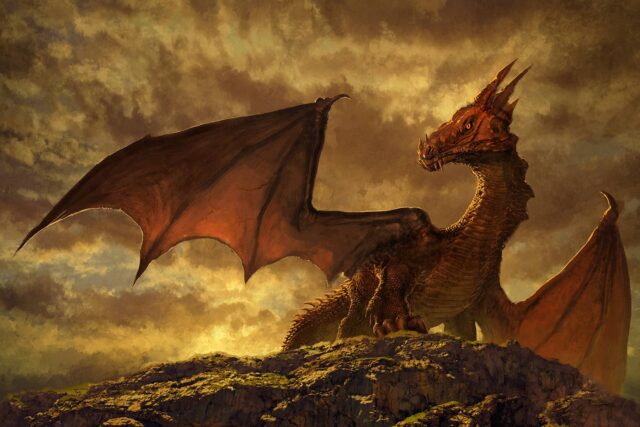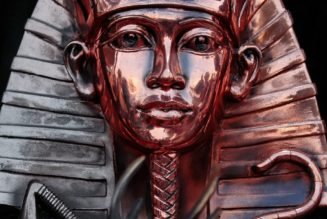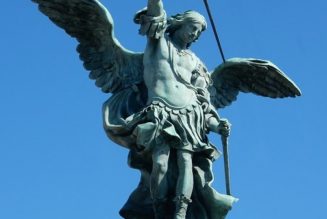 Today people are fascinated by cryptids—hidden creatures—like Bigfoot and the Loch Ness Monster. In the ancient world, the most famous cryptid was the dragon, so did early Christians believe in them?
Today people are fascinated by cryptids—hidden creatures—like Bigfoot and the Loch Ness Monster. In the ancient world, the most famous cryptid was the dragon, so did early Christians believe in them?
The term dragon (Greek, drakôn) appears in the Greek Bible, but normally it is in a symbolic context—like when the devil appears in the form of a dragon in the book of Revelation (e.g., Rev. 12). So this doesn’t provide good evidence for belief in literal dragons.
However, the term also appears in other contexts. For example, in Daniel 14, the prophet Daniel kills a large drakôn that the Babylonians worshipped. However, in secular Greek, the term drakôn originally referred to a snake or serpent, and it did not always have monstrous connotations. This is clear in Wisdom 16:10, where the author refers back to the snakes that bit the Israelites in Numbers 21 and describes them as “venomous drakontôn.” The author of Daniel 14 may thus have expected readers to imagine a big snake, and some modern Bible translations like the Common English Bible use “snake” in the passage.
The Bible thus doesn’t provide a good basis for documenting belief in literal dragons. However, we do find some in the early Church who were open to the idea. St. Augustine writes:
As for dragons, which lack feet, they are said to take their rest in caves, and to soar up into the air. While these are not too easy to come across, this kind of animated creature is for all that definitely mentioned not only in our literature but also in that of the Gentiles (Literal Meaning of Genesis 3:9:13).
This passage may not mean what it suggests, however. You’ll note that Augustine says dragons have no feet—which would point to snakes—but that they fly. There were—indeed—references to flying snakes in ancient literature. Isaiah mentions them (14:29, 30:6), and so does the Greek historian Herodotus (Histories 2:75-76, 3:109). So Augustine is likely not referring to what we would think of as a dragon but to flying snakes. (Note: flying—or, technically, gliding—snakes do exist in some parts of Asia.)
The flying snakes that Herodotus referred to were small, but in another passage, Augustine envisions dragons that are very large:
Now dragons favor watery habitats. They emerge from caves and take to the air. They create major atmospheric disturbance, for dragons are very large creatures, the largest of all on earth. This is probably why the psalm began its consideration of earthly creatures with them (Expositions of the Psalms 148:9).
Augustine wasn’t alone in thinking about real, enormous dragons. Other Church Fathers did so also, and so did non-Christian thinkers.
The reason is obvious when you think about it. Although the term paleontology was only coined in 1822, humans have been running across fossils for as long as there have been humans. When they came across the bones of giant, monstrous animals, they correctly concluded that there used to be giant animals in the area.
In her book The First Fossil Hunters, historian Adrienne Mayor insightfully argues that it was the ancient discovery of fossils that formed the basis of the legends of dragons and similar creatures the world over.
St. Augustine himself reports finding a giant tooth on a beach, where the action of the waves presumably uncovered it:
Once, on the beach at Utica, I saw with my own eyes—and there were others to bear me witness—a human molar tooth so big that it could have been cut up, I think, into a hundred pieces each as big as one of our modern teeth. That tooth, however, I can well believe, was the tooth of a giant (City of God 15:9).
I’m not a Young Earth Creationist, but I have to agree with musician Buddy Davis’s fun children’s song D Is For Dinosaur:
When dinosaurs first roamed the earth, many years ago
People called them dragons (and just thought you’d like to know)
So dinosaurs and dragons are both the same thing
The only thing that’s different is we changed the dragon’s name







